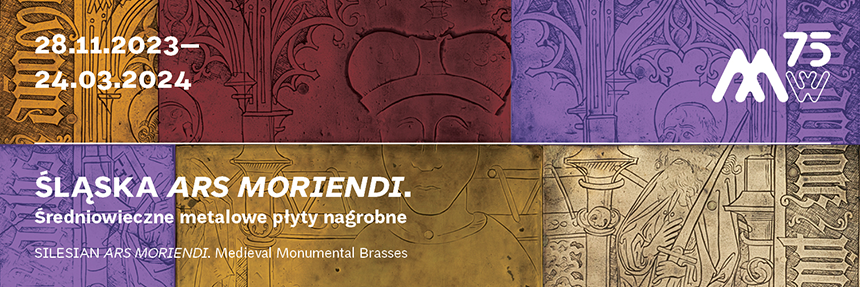Technique and technology
The basic components of a brass alloy are copper and zinc but it may also contain impurities brought over from the metals’ natural ores and other metals purposefully added to modify the alloy’s properties. Historically, there are three methods of obtaining brass by adding to copper: zinc; calamine, that is a natural ore of zinc (smithsonite, hemimorphite), or tuttia/cadmia , that is zinc oxide, which was deposited inside the kiln in the process of melting polymetallic ores.
The first method (adding zinc to copper) was first used in India in the twelfth century but in Europe only from the eighteenth century. The other two methods were known in Europe from Antiquity and their use continued into the nineteenth century. The cementation process used since Antiquity involved adding crushed zinc ore or zinc oxide mixed with charcoal to copper and heating the melting pot in a kiln to the temperature in which zinc oxidized (907oC) and copper melted (1085oC): zinc carbonate would deposit on copper to produce brass. Although zinc oxide was not recognized as a metallic component, the cementation process was known to change the alloy’s colour, specific weight, and other physicochemical properties.
Brass was produced onsite in workshops specializing in monumental braces or in foundries and delivered to the workshop in the form of ingots that would be re-melted and the alloy’s composition modified if needed.
Brass appliques were sand-cast using the mould in the form of a usually wooden box consisting of two halves and filled with moulding sand in which the metal or wooden model of the element, for example a letter, was impressed to make a cavity of the desired shape. Then a system of vents for pouring the molten metal and evacuating gases was formed in the sand. The sand was subsequently dried, the two halves of the mould put together and the molten alloy poured into the mould. The cast element was removed from the mould, polished on the face side to even out the surface and remove any imperfections. Polishing was done with various kinds of stones and stone powders, wet and dry, to achieve the smoothness and shine resembling gold.
After casting and polishing, the next stage involved the cold working of the metal elements which required careful planning and execution as most steps were irreversible. Thus, work started with tracing the design on the metal surface using paint or an engraving needle: this allowed for proper placement of all elements and necessary corrections. Engraving (flat and relief) was done with by hammering the plate with variously-shaped chisels and punches were used to create textures.
The evolving methods of making, assembling and mounting brass appliques reflected the changing relation between metal elements and the stone slab. In the fourteenth century, the stone surface provided the background setting off the brass appliques attached using a mixture of tar and aggregate. During this period some improvements were introduced concerning the treatment of the reverse side of metal mounts (grooved rather than flat) to facilitate their attachment to the stone slab. In the fifteenth century, brass covered the entire surface of the stone slab. Individually cast elements were assembled and mounted onto the stone surface by riveting them to a grid of metal bars with bent ends. The whole plate was then attached to the stone slab using tar and the bent ends placed in holes made in the slab that were sealed by filling them with molten lead.
